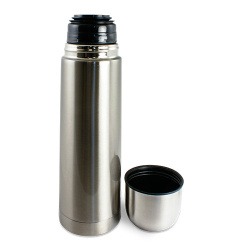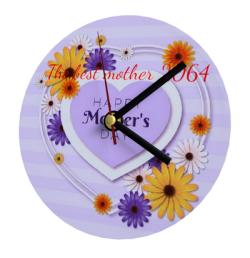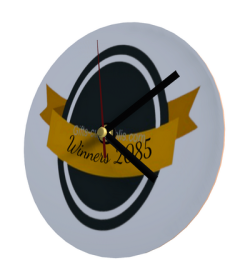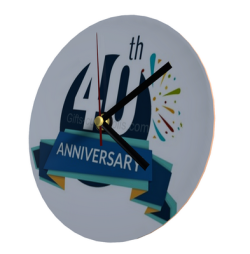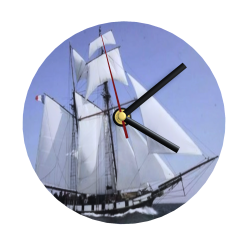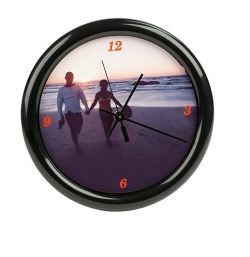Isothermal bottle with...
Isothermal bottle In the USA The first bottle and glass factory in the USA was founded in 1608 in Virginia. In the 1800s, new variations of the glass bottle appeared. The baby bottle, for example, was patented in 1841. However, the concept was not new. In ancient times, babies were fed with a bottle with two openings. One opening was used to pour the liquid into the bottle and the second opening was placed in the baby's mouth. The 16th century bottle looked like a duck; the baby was fed through its beak. Glassblower John L. Mason designed the first glass jar with a screw top in 1858, the now famous Mason jar. In the mid-19th century, Dr Hervey Thatcher invented the glass milk bottle. The Coca-Cola Company introduced the first soft drink bottle in 1915. Several other brands followed, each with its own distinctive bottle shape. The shape and weight of soft drink bottles were standardised after 1934", but standardisation is relative, as each brand differs in its design and increasingly in the contents of the bottle. "The bottle manufacturing" process was first automated in 1865 with the introduction of a press and blow machine. An isothermal bottle to personalize has become essential! You will find that at Gifts-custopolis.com for sure. Birthday gifts, birthday gifts for, unusual birthday gift, gift idea for, gift idea for personalize







































